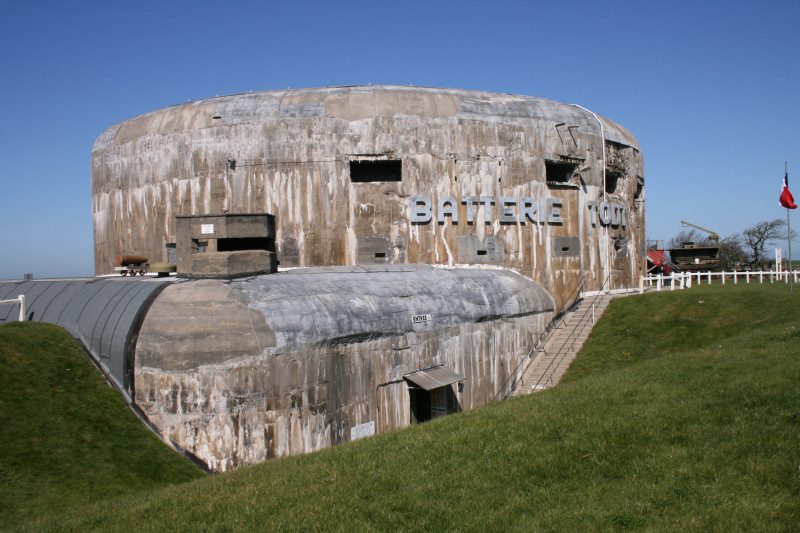The Atlantic Wall was an extensive system of coastal defense and fortifications built by Nazi Germany between 1942 and 1944 along the coast of continental Europe and Scandinavia as a defense against an anticipated Allied invasion of Nazi-occupied Europe from Great Britain during World War II.
Hitler ordered the construction of the fortifications in 1942. Almost a million French workers were drafted to build it. The wall was frequently mentioned in Nazi propaganda, where its size and strength were usually exaggerated. The fortifications included colossal coastal guns, batteries, mortars, and artillery, and thousands of German troops were stationed in its defenses.
The Germans were convinced the Allies would land at the Pas de Calais, and the fortifications were the strongest at this location. We are taking a look at 4 of the massive bunker complexes.
Batterie Waldam
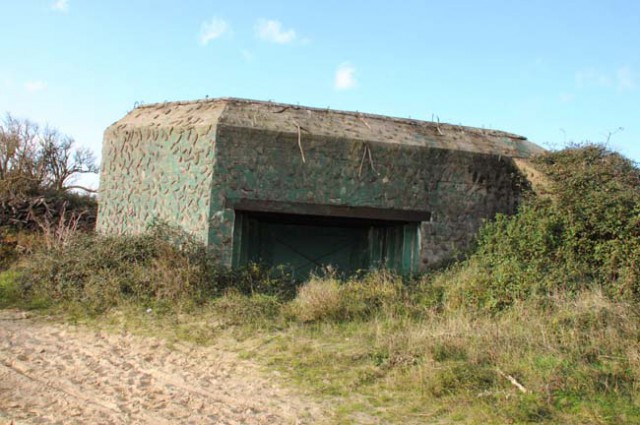
The massive Batterie Waldam just outside Calais is part of an interconnected series of fortifications that would have made a landing on otherwise attractive beaches virtually impossible.
If you have been to Normandy or at least seen photos you will possibly think the fortifications encountered there were serious enough, but a walk around Waldam offers up the vista of something even nastier. Rommel’s vision of the Atlantic Wall seems to be at it’s most malevolent here.
This is a huge site with over a mile of bunkers, casemates, and obstacles to get along. Tank traps and other defensive measures are everywhere.
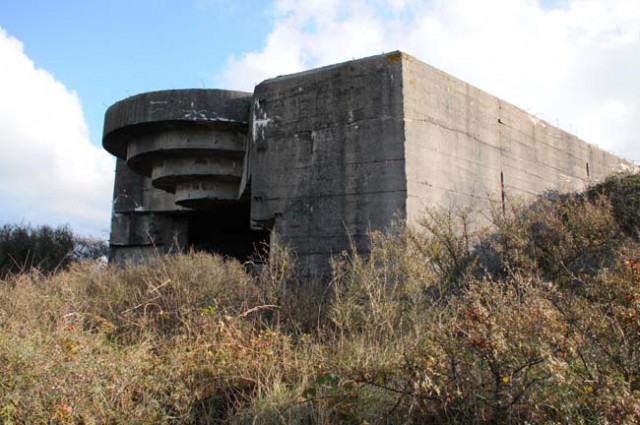
There are so many structures to explore and the overgrown condition of the place gives the impression of some sort of post-dystopian wilderness.
If it had been warmer it would have looked a little like something out that classically cheesy version of the Time Machine starring the late Rod Taylor. The decay and the futility of the place was not lost on us.
Here at Waldam the Germans devised an interlocking range of buildings designed to destroy Allied forces over various distances. There were casemates mounting a number of different calibre artillery pieces and places for machine guns, mortars, and flamethrowers.
Some of these fortifications point inland to defend their neighbours, and the clear aim was to create a killing ground no man could hope to cross.
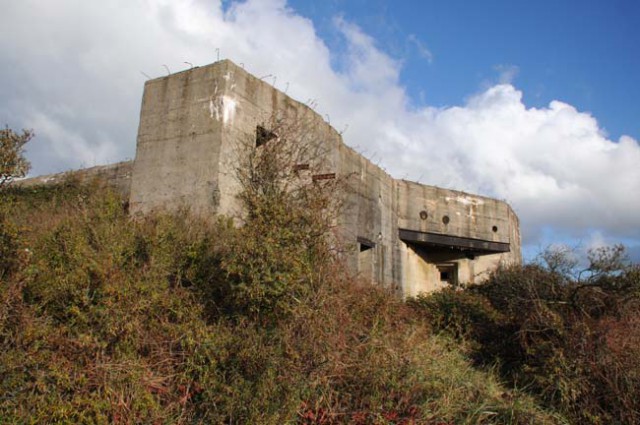
It is easy to see why the Overlord planners never gave this part of the coast serious consideration as an invasion point, even though much of the beachhead would have been in range of big guns firing from across the English Channel in and it is all well within the range of massed Allied air forces and naval gunnery. The casualties here would have been horrendous.
Although almost all the fixtures and fittings have long since been stripped out, there are plenty of things to see inside these bunkers including signage and, quite often, original graffiti and artwork. In many places modern graffiti artists, or vandals, depending on your proclivities; have painted over original stuff and while this is a shame it is important to remember these buildings were constructed by an occupying dictatorship using slave labour.
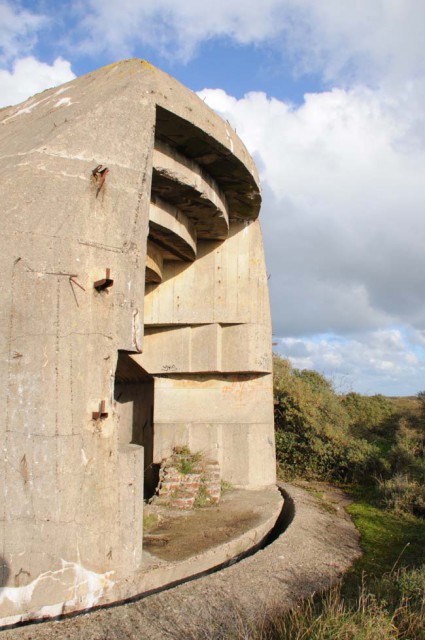
At Waldam we were particularly keen to see a unique 150mm gun casemate sited there. The rotating design came too late to be used universally along the Atlantic Wall and other than the prototype this is the only one put in place in 1944. We were able to get inside and have a look at parts of the running gear that allowed what might be described as a huge concrete turret, but it is a casemate, to rotate.
How much this all weighs I do not know, but it is hugely impressive.
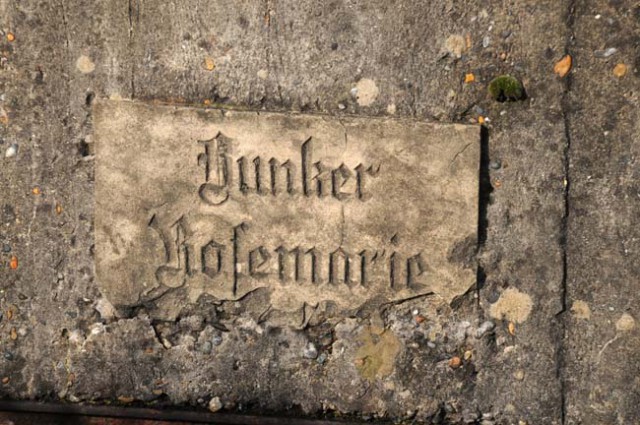
Just next door is a building that retains its original concrete nameplate for the Bunker Rosemarie. Several people have clearly attempted to remove it.
Todt Bunker Calais
Batterie Todt was as the name suggests a large gun battery made up primarily of four gun casemates, each with a number of support bunkers for ammunition storage, personnel and fire support/observation. It took its name from Fritz Todt the head of the organisation responsible for the construction of many of the Atlantic Wall defences.
Construction started during the Autumn of 1940 and it was declared operational in January 1942. In all the four casemates used some estimated 12,000m3 of concrete each and an amazing 3,200 tonnes of steel between them.
It was this battery that infamously shelled the coastal towns of Dover and Folkstone throughout 1942 until it’s fall in 1944, claiming more than forty lives.The guns finally fell silent on the 29th September of that year after a joint operation between the famous Dover guns Winnie and Pooh and the Canadian North Shore Regiment.
Today Turret 1 is a fantastic museum. The Musée du Mur de l’Atlantique (you can check it out at www.batterietodt.com); is full of both German and Allied artifacts. It really gives you a sense of what it must have been like not only to have served in such a large battery but also to have had to construct it.
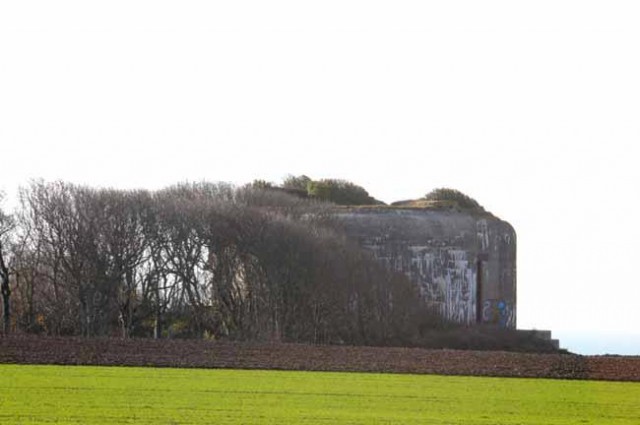
Once parked up turret 2 is within easy walking distance, though be warned it is overgrown and normally very wet and slippery. Set in a nature park it is used as a bat sanctuary, although the main gun position is open and can be viewed from a specially installed platform.
Turret 3 is situated on the edge of a small road around a hundred yards or so from the last. It is fenced off from the public due to the fact it was blown up in an accident in 1945!
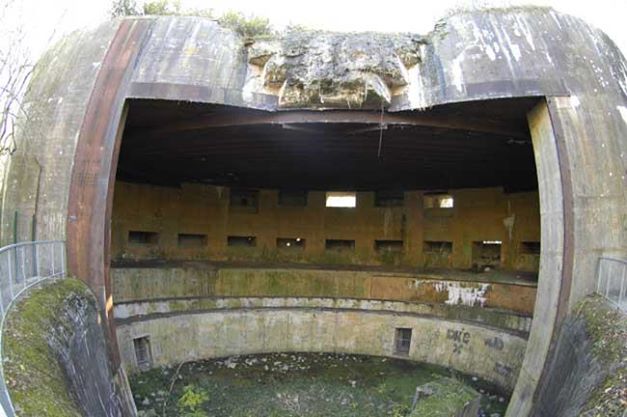
Turret 4, again, is an easy walk and this is probably the most interesting of the group. It is situated on the edge of a field, and you can walk in and wonder at the enormity of the construction. There is some original graffiti still present, but although the art has been added to in recent years the years; it is still very impressive. Again, torches and decent boots are a must.
The Batterie Oldenburg
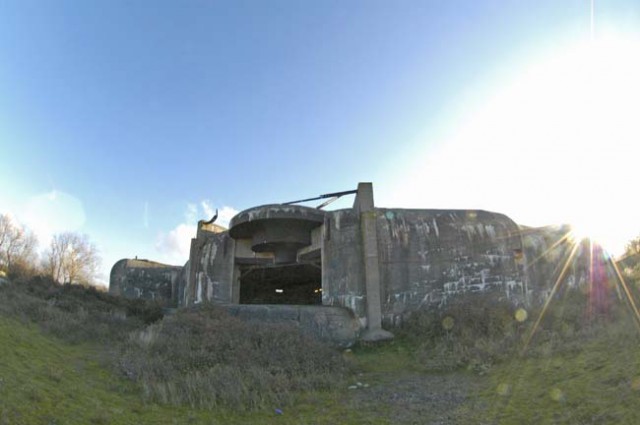
Batterie Oldenburg was an artillery bunker built by the Germans during World War II. It was part of the massive Atlantic wall and was built east of Calais. It started as nothing more than artillery guns in an open emplacement; it wasn’t until later that the bunker was built around them.
Both of the bunkers are 35 meters long and 15 meters high; the Germans made sure they were positioned slightly offset from one another so they would have a wider range of fire. Each bunker was the home to guns of Russian origin; the Germans had captured them during World War I and then re-chambered them from 255mm to 240mm.
The bunkers were more than just things used for war; they were homes. Each bunker had a hospital – which still contains gorgeous frescos and other works of art – but also living quarters. Behind the bunkers is even more living space where they would have their replacements.
Batterie Oldenburg was also known as “Le Moulin Rouge” and was situated in the Hellfire corner that was part of the Strait of Dover coast defense.
La Coupole
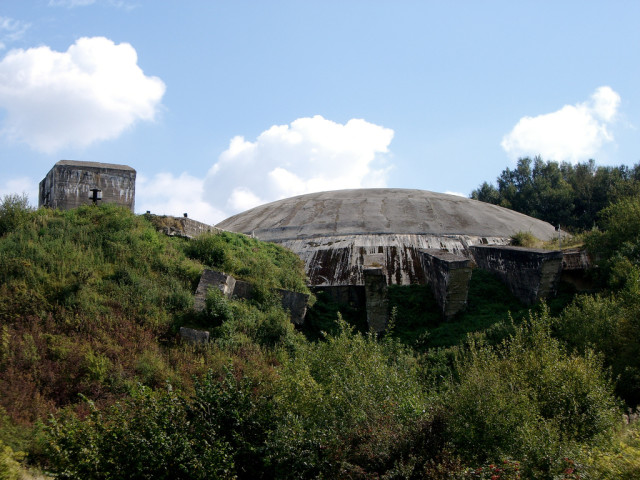
La Coupole was a World War II bunker in the Pas-de-Calais region of Northern France; it was built by the Nazis, and they used it as a base for the V-2 rockets that were directed at southern England and London.
It was constructed on the side of an abandoned chalk quarry, and its most famous feature was its concrete dome – which its modern name refers to – it is still a sight to behold today. Underneath this impressive creation was living quarters, stage areas and launching points.
It was designed with the plan of storing a massive amount of V-2 rockets, fuel, and warheads; they were going to launch enough V-2s at England to sink it into the ocean. They were going to fuel and launch dozens of rockets a day.
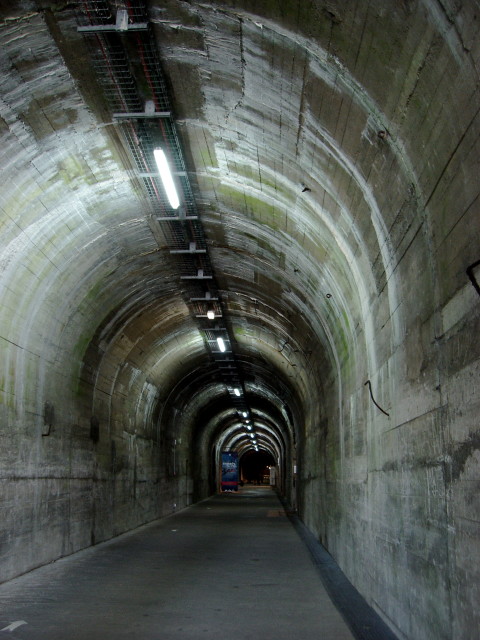
After it was repeatedly bombed by the Allies in Operation Crossbow, the Germans abandoned the unfinished site; it was the captured by the Allies in 1944 where it was partially demolished on the orders of Winston Churchill so it would never be used for war again.
The site remained abandoned until it was reopened to the public in 1997 as a museum. The story of Germany’s occupation of France is told in the tunnels and under that dome, you can also see some V-2s and what Germany was planning in terms of space exploration.
